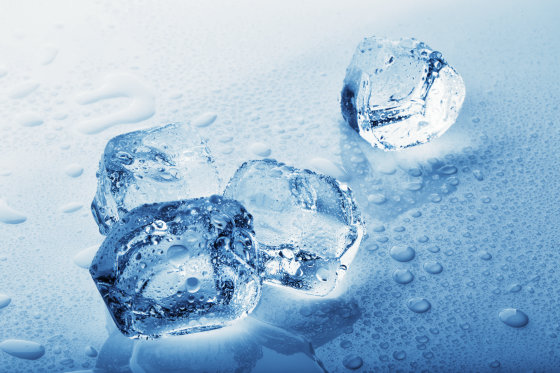The world's first technique to pour physiological saline instead of blood to quench the patient and resuscitate after treatment will be carried out for the first time in the world

by
The world's first method is to cool a human to an asphyxia, warm it up again after surgical treatment, and reanimate it. The treatment of lowering body temperature by adding cold saline instead of blood is in the clinical trial stage as of November 2019, but it is said that it will be done without the patient's consent.
Exclusive: Humans placed in suspended animation for the first time | New Scientist
https://www.newscientist.com/article/2224004-exclusive-humans-placed-in-suspended-animation-fo
r-the-first-time /
A research group such as Samuel Tisherman of the University of Maryland School of Medicine is studying a cure that quickly cools humans to a dead state. Tisherman and colleagues are developing a way to put patients into artificial hibernation in clinical trials to reanimate people with fatal trauma.
This method is officially called “Emergency Preservation and Resuscitation”, and cardiac arrest is caused by trauma such as being hit or stabbed among the patients transported to the University of Maryland Medical Center. It is carried out for the person who did. These patients stop breathing and lose more than half of their blood, and are less than 5% likely to be saved afterwards.
EPR infuses the patient's body with cold saline instead of blood and rapidly cools the patient to 10-15 degrees. At this time, the patient's brain is almost completely inactive. The patient's body is then removed from the quenching system and moved to the operating room. After the surgeon has treated the patient's trauma for 2 hours, the body is warmed and the heart is restarted.
The human body temperature is usually around 37 degrees, and cells must always be supplied with oxygen to produce energy. However, when the heart stops and breathing stops, the blood can no longer carry oxygen. Without oxygen, the brain suffers irreversible damage in 5 minutes, but lowering the body temperature can slow down or stop the chemical reaction, resulting in a reduction in the amount of oxygen required. This makes the EPR mechanism more likely to survive without damaging the brain.

by
Tisherman plans a clinical trial to compare 10 people who have undergone EPR with 10 people who have qualified but have not received EPR. This clinical trial is already approved by the US Food and Drug Administration (FDA). The FDA is exempted from obtaining consent because there is no alternative treatment for patients eligible for EPR and it will die if they do. Research teams discuss how to opt out of clinical trials on the website, including discussions in local communities and explaining clinical trials in newspaper ads.
Tisherman experienced the death of a boy with a heart sting early in his career as a surgeon. Tisherman, who thought 'I was able to save him with enough time,' began investigating ways to increase the surgeon's treatment time by cooling the patient's body. In animal experiments, we have succeeded in cooling and resuscitating pigs with acute trauma for 3 hours.
It is not yet known how much treatment time will be generated by rapidly cooling the human body. It is also possible that ischemia-reperfusion injury may occur when cells are warmed again. Tisserman said in this regard, “By combining various drugs, we may be able to minimize damage and extend artificial hibernation time. However, we still have the possibility of all ischemia-reperfusion injury. It does n’t identify gender. ”

by Rawpixel
Tisherman said he would like to announce the results of all clinical trials at the end of 2020.
Related Posts:
in Science, Posted by darkhorse_log







